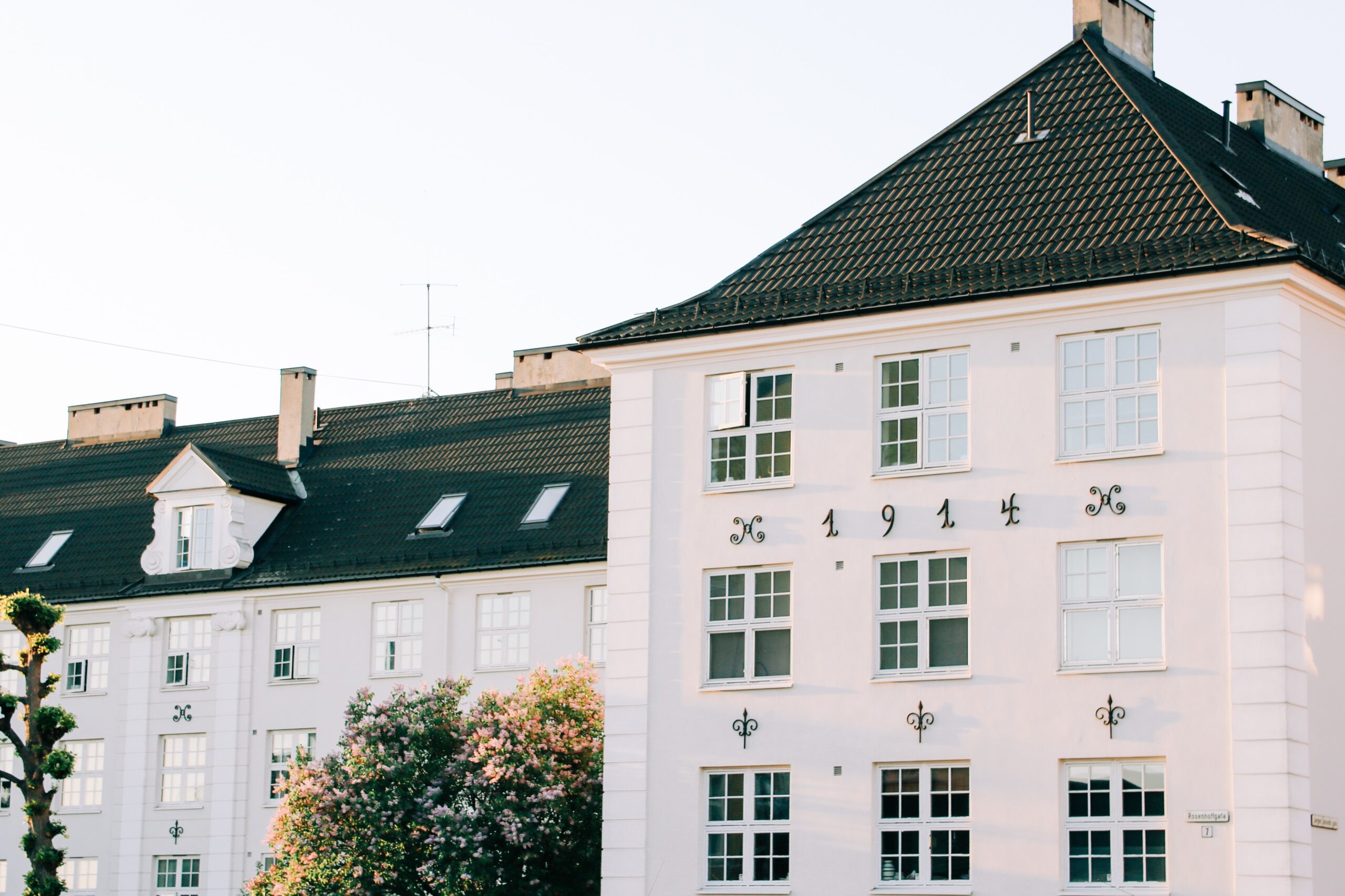No one wants to deal with a leaky roof. But, eventually, your roof will need repairs, especially if you live in an older flat or an area that has its share of nasty weather.
One common theme among both leaseholders and freeholders is who is responsible for roof repairs in a flat or a house? The answer is complicated and not always clear. This article will examine the debate, along with different scenarios, to find the answer to that question.
What is the Difference Between a Freeholder, Leaseholder, and Flat Owner?
Before diving into the discussion of responsibility, we will begin by taking a look at the difference between property owners and tenants.
Freeholder
The concept of freeholder goes back hundreds of years, to medieval times, when landholders owned large estates. Tenants leased the land and paid rent to the landowner. Any improvements upon the land belonged to the owner of the estate. In current times, the freeholder might mean the person who owns only the land, or they may hold both the land and the building on it.
Landlord
A landlord typically owns the building. They may also hold title to the land (freeholder). If not, they lease the land and pay rent to the freeholder. Or, they might be employed by the freeholder to manage the building and the land.
Leaseholder
Also known as a “flat owner”, the leaseholder has purchased a long-term lease, typically no shorter than 25 years. The leaseholder may live in the flat or rent it to someone else on a short-term lease.
Determining Responsibility
The leaseholder agreement will specify who is responsible for land upkeep, repairs to the building’s structure, including the roof, and repairs to the flat’s interiors.
Usually, the freeholder or landlord is responsible for the repairs to the outside of the building, such as the siding and roof. They are also responsible for the upkeep of common areas in the building, including the entrance, stairways, hallways, and lifts.
The leaseholder or flat owner takes care of repairs in the part of the building that they “own”, which involves appliances, plasterboard, plumbing, wiring, ceilings, floors, painting, and decorating.
“One Up, One Down” Properties
Also known as maisonettes, the flat owner is responsible for their level with one up, one down houses, including the exterior. The top floor owner would be responsible for the roof, and the bottom floor owner is accountable for the foundation. Both parties pay rent to the freeholder for the use of the land.
Paying for Roof Repairs
Landlords are usually responsible for insuring the building. If roof damage is due to an accident, the building insurance may cover the repairs.
Even if the landlord or freeholder is responsible for organizing and paying for roof repairs, the leaseholder or tenants may need to contribute to the cost.
Most leaseholders will pay into a reserve fund or sinking fund through service charges. This fund will cover the cost of the repairs or anything that is not covered by insurance.
Leaseholders’ Rights
Suppose the leaseholder is responsible for covering repair costs through the reserve fund. In that case, the law requires the landlord or freeholder to inform the leaseholder in writing if repairs are more than £250. The leaseholder then has 30 days to respond with any concerns and make suggestions regarding the repair and contractors that are used.
Reporting Roof Problems to Your Landlord
If you have a leaking roof, you know it needs to be repaired quickly to prevent damage to the interior of your flat and belongings.
Contact your landlord in writing specifying the following:
- Details regarding the location of the damage.
- Whether a storm or weather-related event caused the damage.
- The section of the lease that spells out the landlord’s responsibility for roof repairs
- A reasonable timeline for repairs to be completed
Be sure to keep copies of all correspondence between you and your landlord.
What if the Freeholder Refuses Responsibility for Roof Repairs?
If the freeholder does not do the required repairs, then they are not fulfilling their legal obligations, and you may need to pursue legal action. Get the advice of a solicitor. A landlord will usually want to avoid a long and expensive court process, and the threat alone may pressure them into rectifying the situation.
You may also be able to report the problem to your local council’s environmental health department if the unrepaired roof is a danger to your safety and health. They may send someone to inspect the damage and force the freeholder to take action. Even if the leaseholder is responsible for full or partial payment of repairs, it is up to the freeholder to ensure the completion of the repairs.
Contact Us For Roof Repairs
Looking for contractors to repair your roof is time-consuming, and the repairs can be costly. Instead of doing all the leg work yourself, let Roofing Costs do it for you. We have an extensive network of roofers, and we will do the hard work of getting quotes from reputable roofers in your area.
We are trusted by UK homeowners and will save you £ 1,000’s on your roofing project. We offer to connect you with roofers in your area. If you are unsure where to start, we will discuss your project and different options.
Consult your lease agreement if you are a leaseholder, and your roof needs replaced or repaired. In most cases, the freeholder or landlord is responsible for damages to the house’s exterior or common areas. Even if your landlord is responsible for organizing the repair, leaseholders may be required to share in the cost by paying into a building reserve fund.
Leaseholders may also have the right to consult with the landlord regarding who will do the repairs. Whether you’re a freeholder or leaseholder, we will do the hard work of finding the right pro for your needs and save you money in the process. Contact us today for your free, no-obligation quote.

